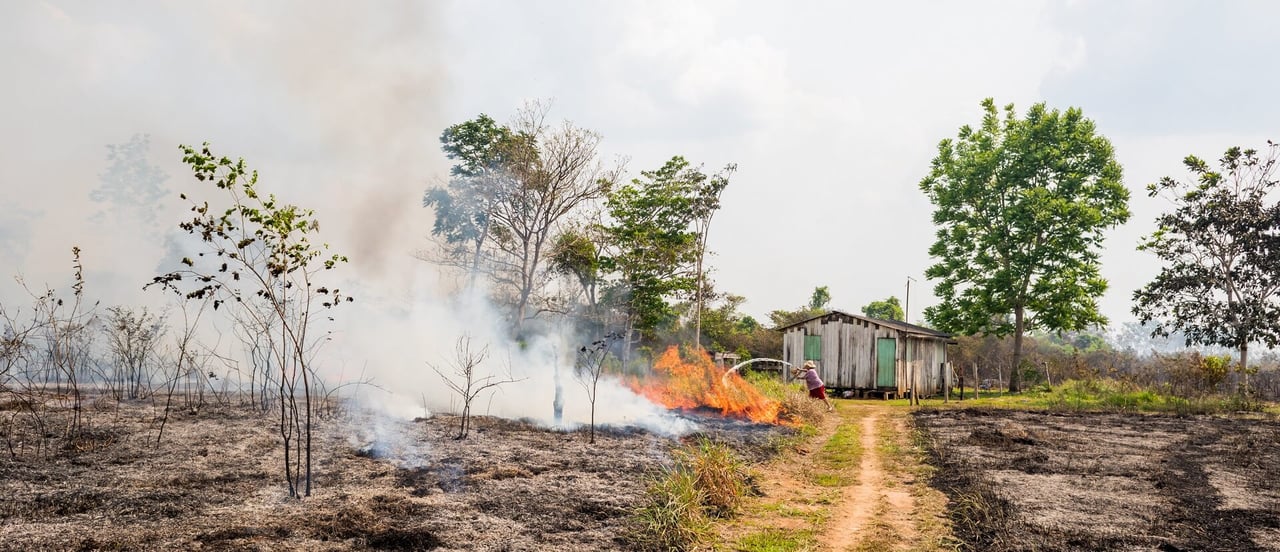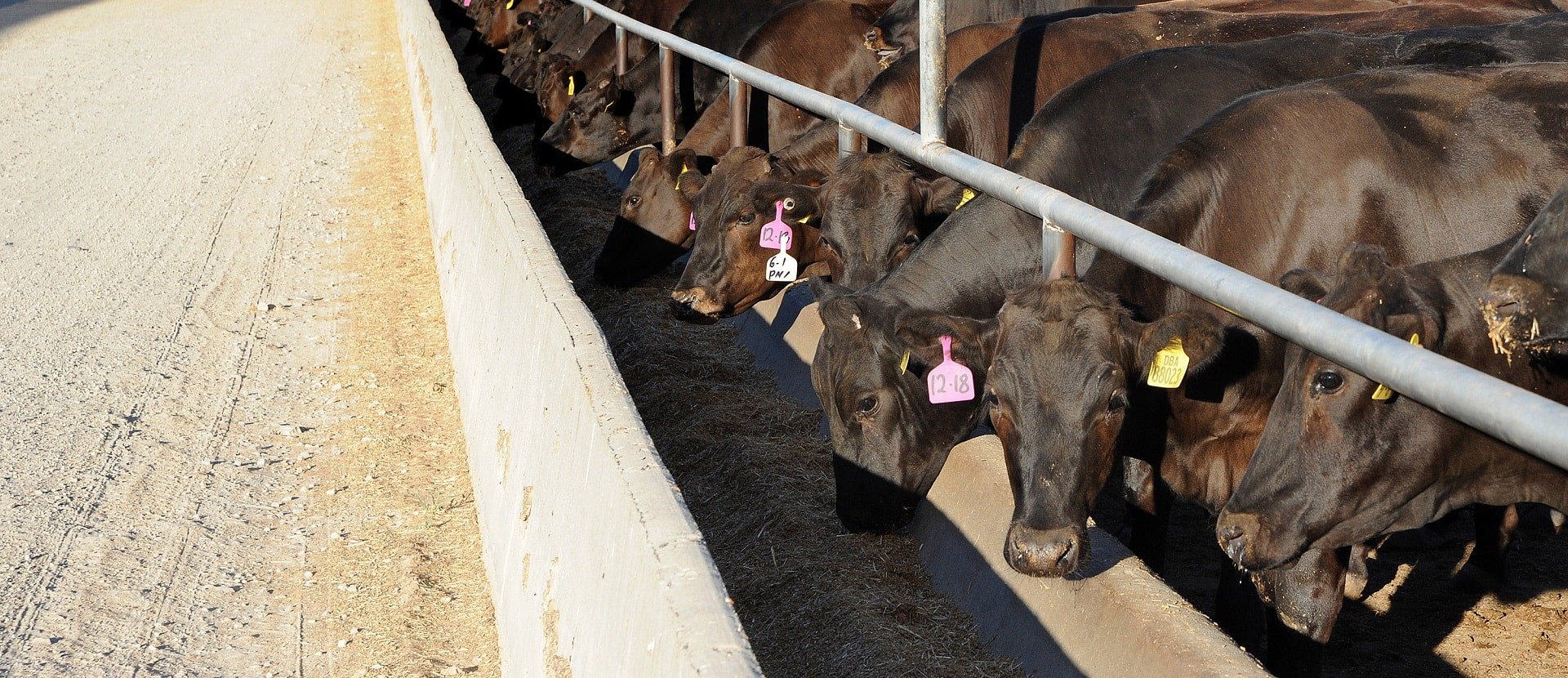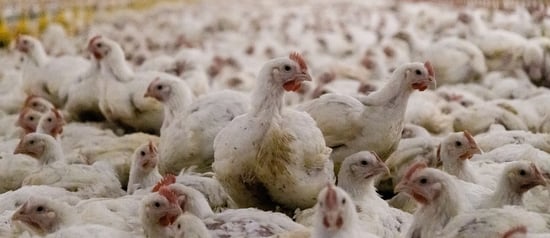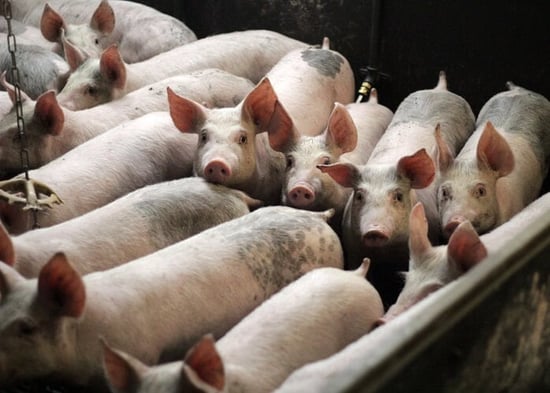
Environmental impact of farming
Banner image: World Animal Protection / Noelly Castro
Farm animals, as well as wild animals, are suffering as cruel factory farming damages our planet, and we simply cannot afford to continue farming animals at the rate we currently do.
Agriculture is one of the largest sources of greenhouse gas emissions, most of which comes directly from animal agriculture. Despite this, factory farming is often overlooked as one of the key culprits driving climate change.
This worsens natural disasters such as droughts, floods and bushfires – which cause wild animals to lose their habitats and die agonising deaths.
To address these issues, it is vital to reconsider our approach to farming and develop a new food system that relies less on animals and is both more humane and sustainable.

Public health
Banner image: Getty Images
Factory farms are putting public health at risk
As the demand for cheap meat grows, factory farms continue raising animals using inhumane, low-welfare methods and poorly managing the large amounts of waste known as feedlot effluent.
The impact of feedlot effluent
This effluent is typically a mixture of manure, urine, and water, which contains high levels of pathogens and other contaminants.
When this effluent spills from the feedlot, it pollutes nearby soil and waterways, causing significant environmental contamination and degradation.
Our report titled 'The Hidden Health Impacts of Industrial Livestock Systems' shows that the New Zealand government found nearly 60% of the country’s rivers carrying pollution above acceptable levels, with over 95% of rivers in pastoral, urban and non-native forested areas contaminated.
Such poor management of feedlot effluent can have severe heath repercussions on humans and animals and cause significant environmental damage, which is why shifting to a high welfare and sustainable food system is vital.
Hidden health impacts
Read our 'The hidden health impacts of industrial livestock systems' report and how we can transform these systems for better human, animal and planetary health.

Wildlife habitats
Brazil forest fires: a human-made emergency from clearing land for livestock
The global livestock industry is the single largest cause of wildlife habitat destruction in the world. In 50 years the human population has more than doubled, increasing the demand for animal products, and the land area destined to produce animal feed, such as soy, has more than quadrupled.
As a result, it is not only the billions of farmed animals in the animal agriculture industry worldwide that suffer, but also wildlife. Right now, countless animals are dying from the horrific forest fires that rage in Brazil. These fires are also causing large parts of their habitats to disappear at a horrifying rate.
In 2021, it was estimated that 82% of the vast Encontro das Aguas National Park – home to one of the world's largest jaguar populations – burned down. This emergency is human-made and many of the fires were started deliberately to clear land for the livestock industry and animal feed.
Through your support, we worked with local partners to save and treat the wildlife in areas affected by the fires. We also fed them and transported them to mobile emergency clinics to heal their wounds and released them back to the wild when they were healed.
Big meat. Big bucks. Bigger harm
Read our 'Big meat. Big bucks. Bigger harm' report and learn about the animal welfare and financial links with deforestation.

Keep up to date / Kia whakamōhiotia
Join thousands of animal lovers fighting to protect wildlife and give farmed animals good lives. Sign up now to receive emails with all the ways you can help.
Sign up


